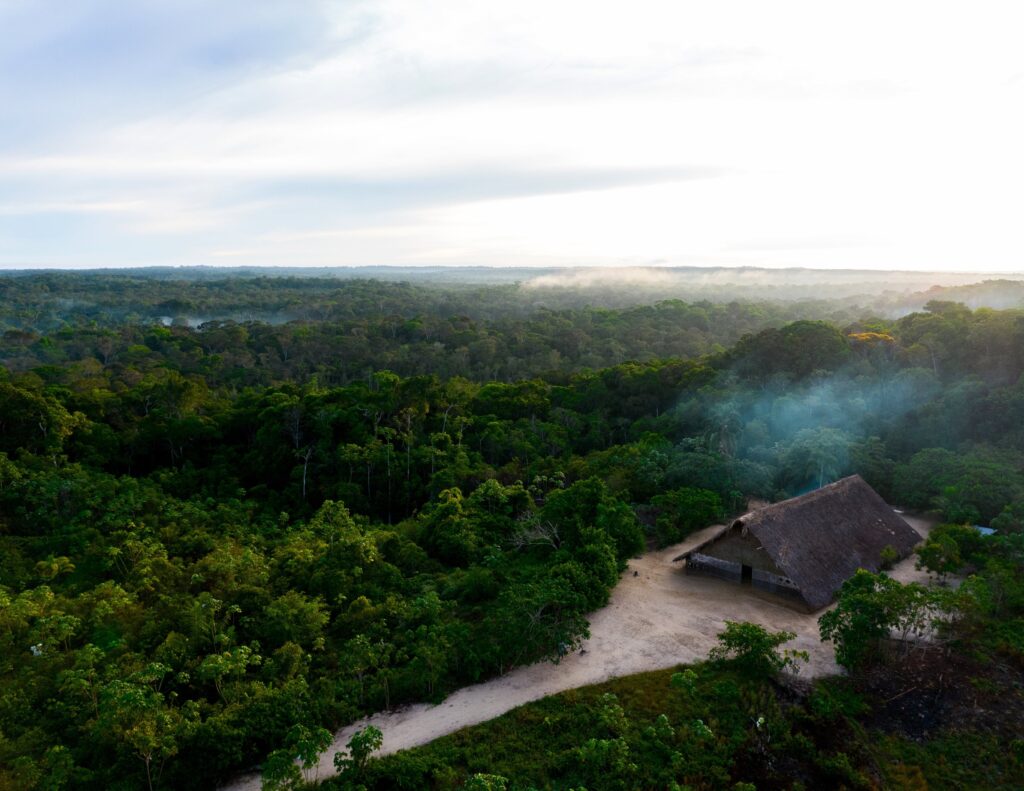
On December 3rd, 2024, Colombia’s National Land Agency formally expanded the Gran Vaupés Indigenous Reserve by 145,740 acres (58,979 hectares) in Colombia’s eastern Amazonian department of Vaupés. Gran Vaupés is the largest Indigenous Reserve (or “resguardo indigena” as it is known in Spanish) in the Vaupés department of Colombia. This expansion covers a territory with dense Amazonian primary forests protected by the ancestral practices of the Indigenous Peoples of the Gran Vaupés Reserve. The expansion strengthens the involved communities’ territorial self-governance to mitigate environmental threats from occupation by outsiders.
Dense, culturally-managed forests in Colombia’s eastern Amazon
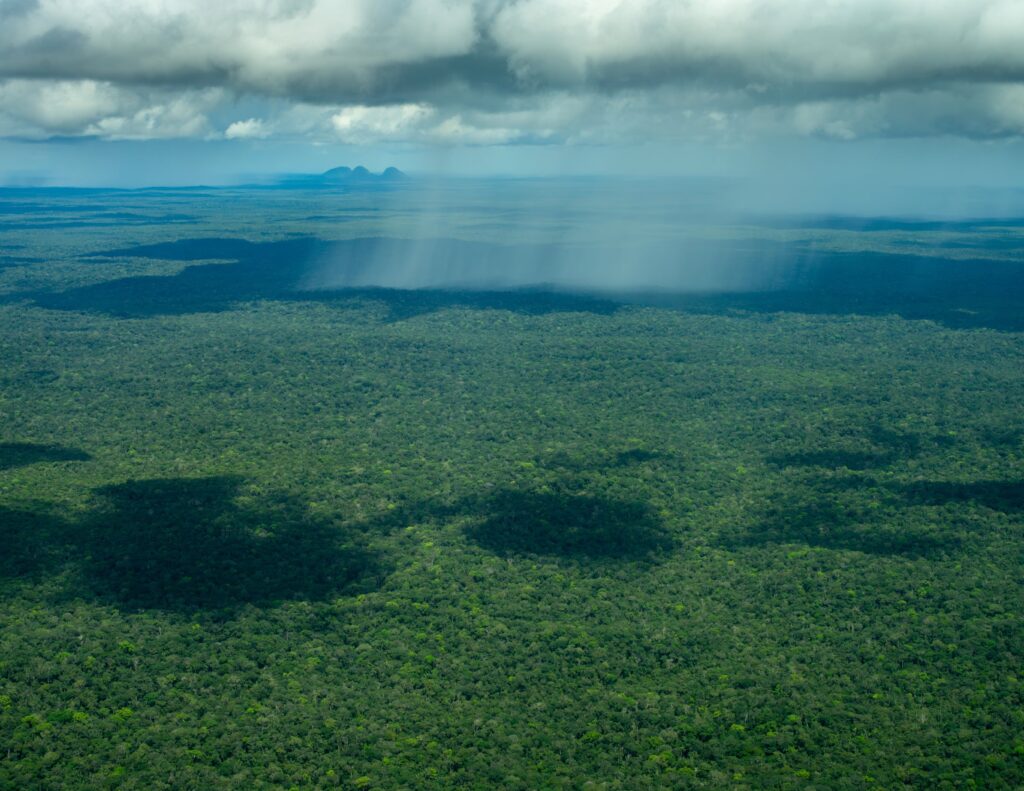
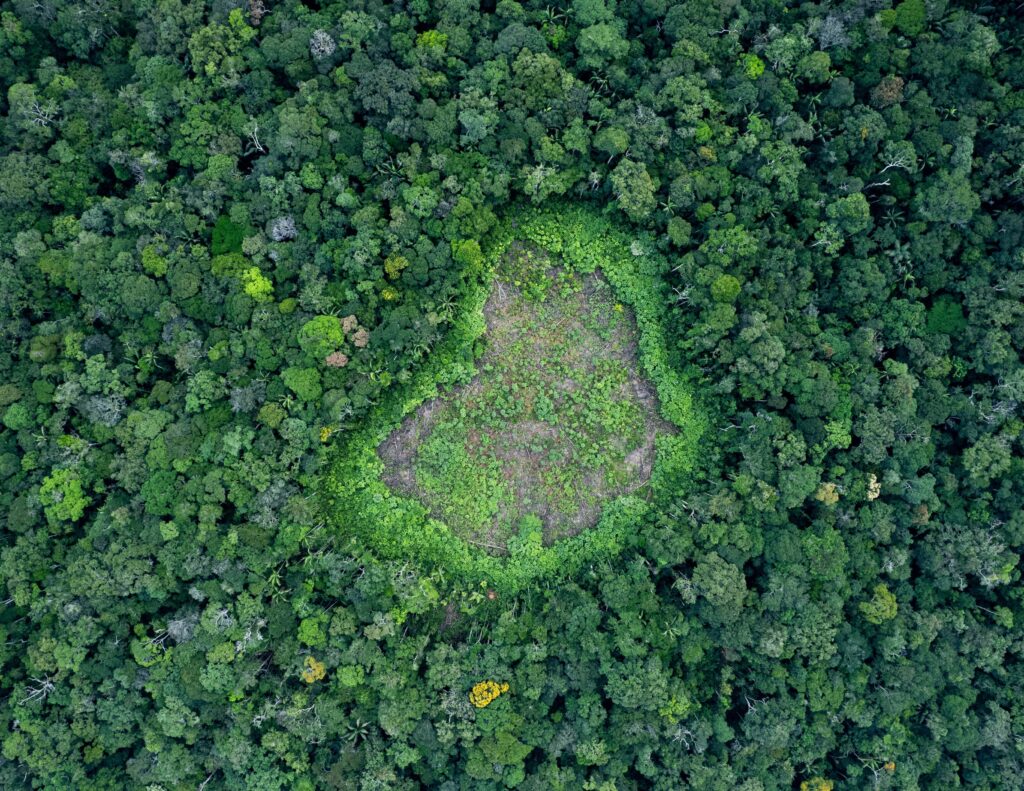
Three Indigenous territories make up the Gran Vaupés Reserve: The United Indigenous Territory of the Isana and Surubí Rivers (TIURIS), the Indigenous territory of the Papunaua River (CIARPA) and the Pirá Paraná Indigenous territory. In total, this most recent expansion directly benefits 32 communities with 2,806 people distributed in 589 families within the Indigenous Reserve.
The United Indigenous Territory of the Isana and Surubí Rivers is home to 15 Indigenous communities: Berrocal, Puerto Guainía, Yawakaná, Wainambi, Camanaos, Wacuraba, Punta Tigre, Guacamayas, San Pedro, Venadito, Belén de Arana and Matraca composed of 158 families.
The Papunaua River territory is home to 17 Indigenous communities: Puerto Antonio-Hooga, Puerto Esperanza, Toaka-Bia sioro, San Luis, Santa Isabel, Puerto lnayá, Santa Rosa, Puerto Amazonas, Piedra Ñi, San Miguel, Tatú-Mi Llano, Sonaña, Puerto Ortega, Villanueva, Hená, Puerto Córdoba and Yoayá with 431 families.
The population of these communities make up part of the Eduria (Taiwano); Makuna (ide ~basa); Bará (wai ~basa); Tatuyo: (~sida), Tuyuca and Carapana Indigenous peoples.

The use of the reserve’s territory and resources is based on the Indigenous Peoples’ ancestral vision of harmony between humans and nature through the implementation of traditional knowledge and biocultural practices relating to plants and animals. Rivers play a transcendental role in the daily life of the inhabitants of Gran Vaupés as they are the only means of communication and transportation, despite difficult navigation through rocky rapids in the dry season.
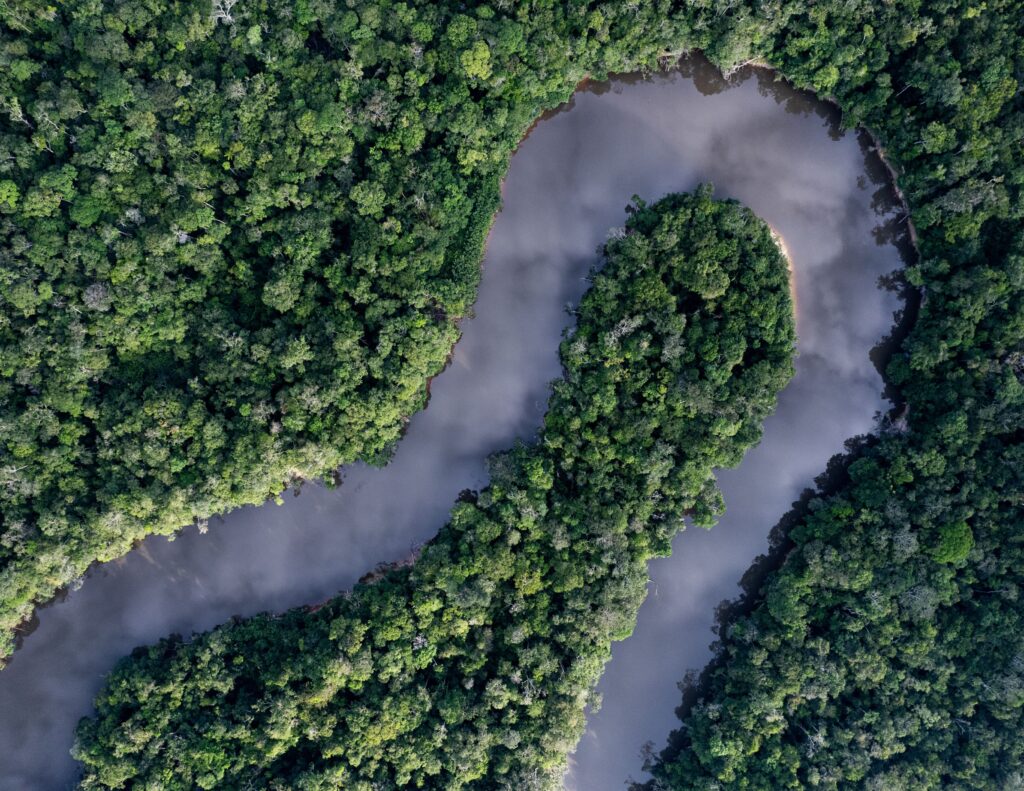

The most important rivers in the expanded Isana territory of Gran Vaupés are the Papunaua and Isana Rivers. These rivers contribute to the Orinoco and Amazon River basins and flow across the territory from Colombia to Brazil. These rivers can be found between the united Indigenous territory of the Isana River and the Indigenous territory of the Papunaua River. In the expanded Pirá portion of the Indigenous Reserve, there are two small rivers named Caño Aguas Blancas and Caño Nigua. These rivers are in the jurisdiction of the Indigenous territory of Pirá Paraná, in the southern portion of the Gran Vaupés Indigenous Reserve.

Strengthening governance: A territory with multiple expansions
The expansion of the Indigenous Reserve further protects it against possible environmental threats and strengthens the governance systems of the Indigenous communities who care for the well-being of this territory.
The Gran Vaupés Indigenous Reserve was originally recognized in July 1982 with a total area of 8,340,115 acres (3,375,125 hectares) and has since been expanded multiple times. In April 2013, the reserve was expanded to 9,627,695 acres (3,896,190 hectares) in total. Another expansion was accomplished in August 2019 thanks to the initiative of the Unidad de los Ríos Isana and the Surubí Community Association (ACURIS) and the Río Papunaua Indigenous Zonal Association (AZIRPA) through Colombia’s National Land Agency. This 2019 expansion added 85,335 acres (34,534 hectares) to the Ríos Isana and Surubí, Papunaua River and Pirá Paraná Indigenous Territory. This latest expansion on December 3rd, 2024, increased the Gran Vaupés Indigenous Reserve’s total area by 145,740 acres (58,979 hectares), making the entire Indigenous Reserve span 9,743,726 acres (3.943.146 ha).
The expansion contributes to recognizing the collective rights of the Indigenous inhabitants of Gran Vaupés. Recognizing collective tenure rights and strengthening the governance of the Indigenous communities of Gran Vaupés helps prevent third parties from threatening their territory. Additionally, the expansion supports the processes for the United Indigenous Territory of the Isana and Surubí Rivers – TIURIS, and the Indigenous Territory of Pirá Paraná to be recognized as Indigenous Territorial Entities, which provides Indigenous governments autonomous control and administration over their lands equivalent to that of a municipality in Colombia, fortifying their self-governance systems and capacity for environmental conservation for the long-term.
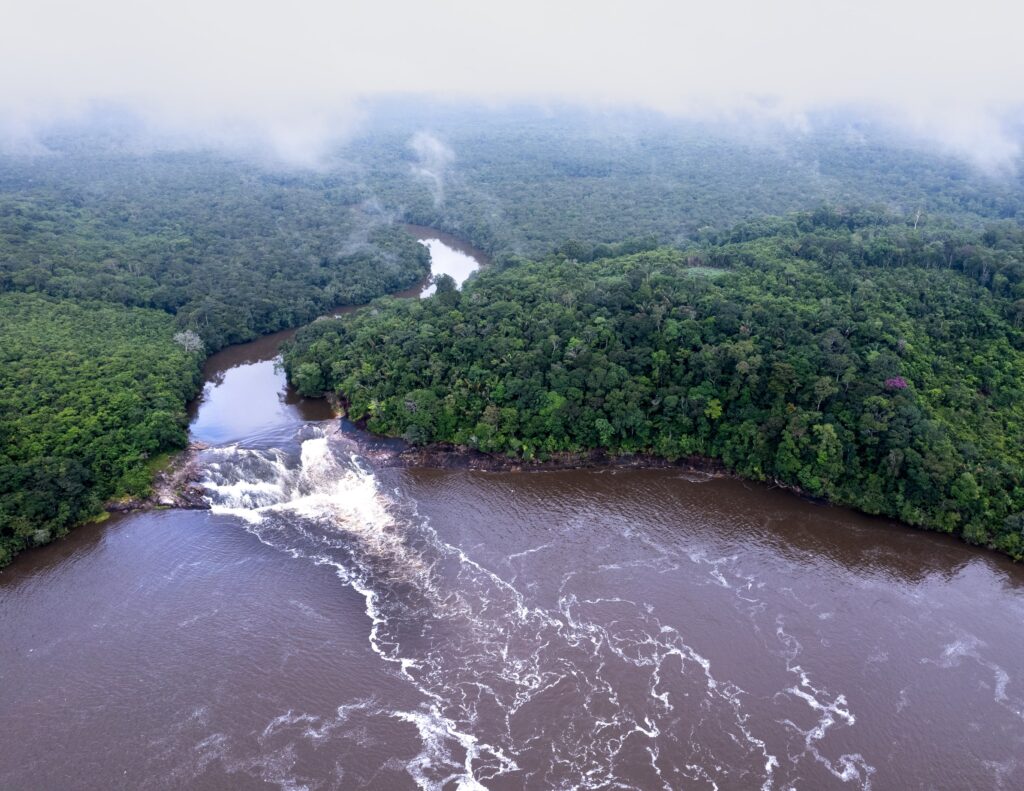
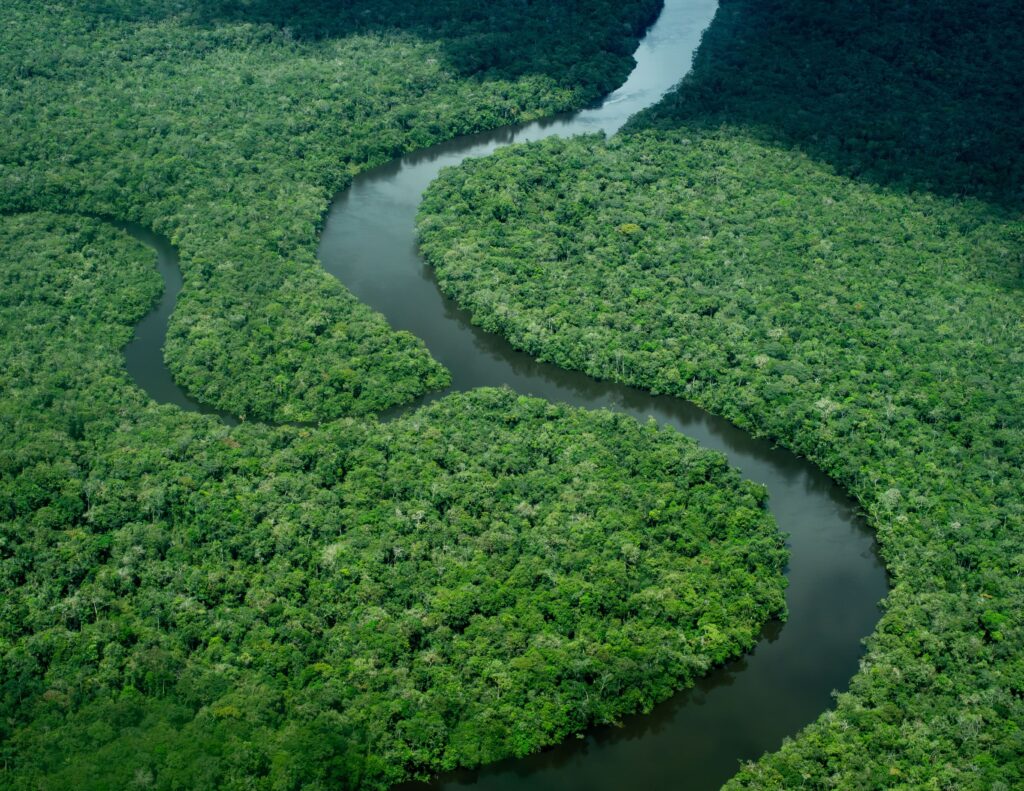
Acknowledgements:
The 2024 expansion of the Gran Vaupés Indigenous Reserve was made possible by Colombia’s National Land Agency, Ministry of the Interior, Ministry of Agriculture and Rural Development, and the Indigenous communities and organizations of the Reserve. Technical support for the expansion was provided by Fundacion Gaia Amazonas with the financial support of the Andes Amazon Fund, the Gordon and Betty Moore Foundation, and Re:wild.
MAKE AN IMPACT
Learn how we can make an impact in our world together. Donate or get involved by subscribing to our email list:
